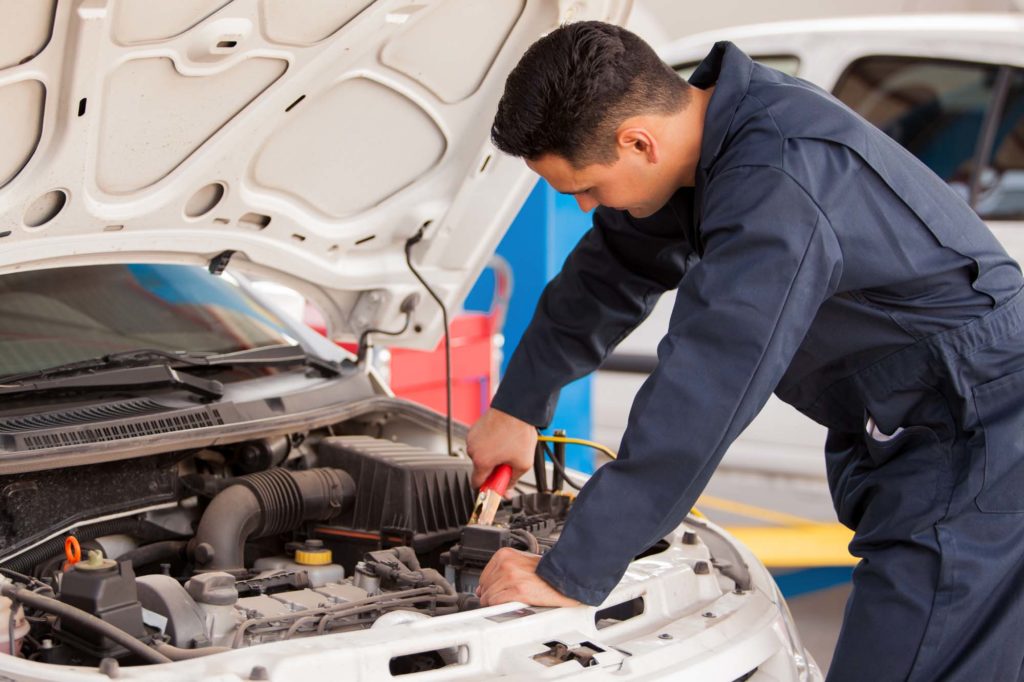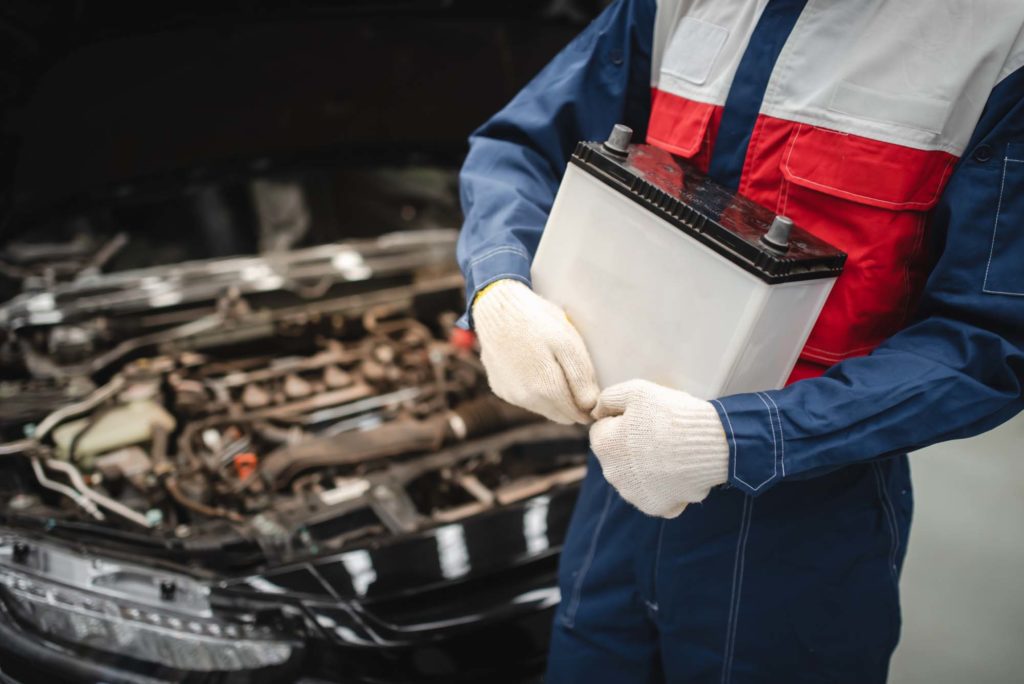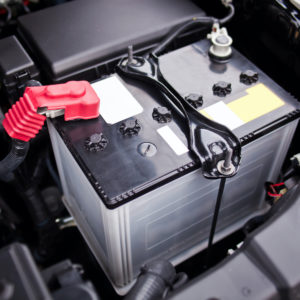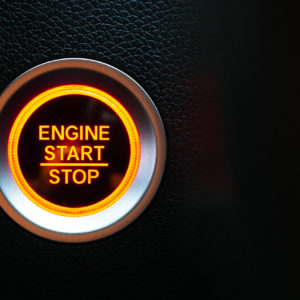If there’s one situation that’s as stressful as replacing a flat tire in the middle of the road, it’s dealing with a dead battery and trying to jump-start your car.
How Long Does It Take to Jump-Start A Car?
Jump-starting your car can take anywhere between 5 and 30 minutes, depending on certain conditions. Restarting a dead car battery using jumper cables is a fairly simple process and involves a few tools. It’s also advisable to drive the vehicle around for 15 minutes to fully recharge the battery after starting it.
How to Jump-Start a Car Without Another Vehicle

In most cases, jump-starting a car will require another vehicle so that the other end of the cables can be connected to a working battery. But what if there aren’t any cars nearby?
Automatic transmission vehicles can use a jump starter box or battery jump starter pack. Jump-starting a manual transmission vehicle is trickier because it will require a couple of people to push the car until it reaches a certain speed. Then, the driver will have to kickstart the engine from the second gear instead of the first.
Symptoms of a Weak or Defective Battery
A weak or defective battery will prevent you from starting your car. And that’s a tough situation to be in whether you’re on a night out with your friends or an out-of-town road trip. Fortunately, there are a few telltale signs you can look out for that point to a weak battery.
Water In One or More Cells
If the battery cells are using up water, it means the plates are sulfated. The water in battery cells separates electrolytes into hydrogen and oxygen gases.

Corroded Cables and Connections
A sulfated battery can lead to corroded cables and connections, creating hot spots on the plates. If a corroded battery undergoes the charging process, acid fumes will exit the vent holes, infiltrating the entire battery and battery tray.
Engine Takes Time to Crank
Cranking the engine requires power from the battery. You might be dealing with a weak or defective battery if it’s taking too long for the engine to start. However, keep in mind that longer crank time can also mean that there are issues with other parts, like the starter or spark plug.
Proper Battery Maintenance

While it’s true that a battery isn’t built to last forever, there are a couple of practices you can do to make the most out of its service life.
Clean the Battery Terminals
A loose or corroded connection is a common reason for a battery to die out. Fortunately, you can resolve this issue using a few household tools. Simply brush a mixture of baking soda and water on the affected areas to neutralize the acid. Then, you can start cleaning the connections with water.
Secure the Battery With A Hold-Down Bracket
Excessive vibration can damage the battery plates. To prevent this from happening, make sure the battery is secured with a hold-down bracket.
Where to Get New Jumper Cables for Your Car
Problems with your car can pop up anytime, and it’s always a good idea to be prepared with the necessary tools that can help you get out of them.
A pair of high-quality jumper cables is an absolute necessity when you’re a car owner, so if you don’t have one yet, you might want to order one today here at CarParts.com.
We have a great selection of OE-grade jumper cables that passed the highest quality control standards from the most reputable names in the industry, so you’re sure to get a pair that won’t let you down. Choose from only the best aftermarket brands today, and get the best value for your money.
Shopping here at CarParts.com is as easy as clicking on a few buttons. Simply enter your vehicle’s year, make, and model into our vehicle selector to narrow down the catalog to compatible products for your ride. You can also use the search filters to find products according to your preferences.
Order now, and we’ll deliver your new jumper cables straight to your doorstep in as fast as two business days. Don’t miss out on the best deals on the market, and shop for jumper cables here at CarParts.com today!
Any information provided on this Website is for informational purposes only and is not intended to replace consultation with a professional mechanic. The accuracy and timeliness of the information may change from the time of publication.






























